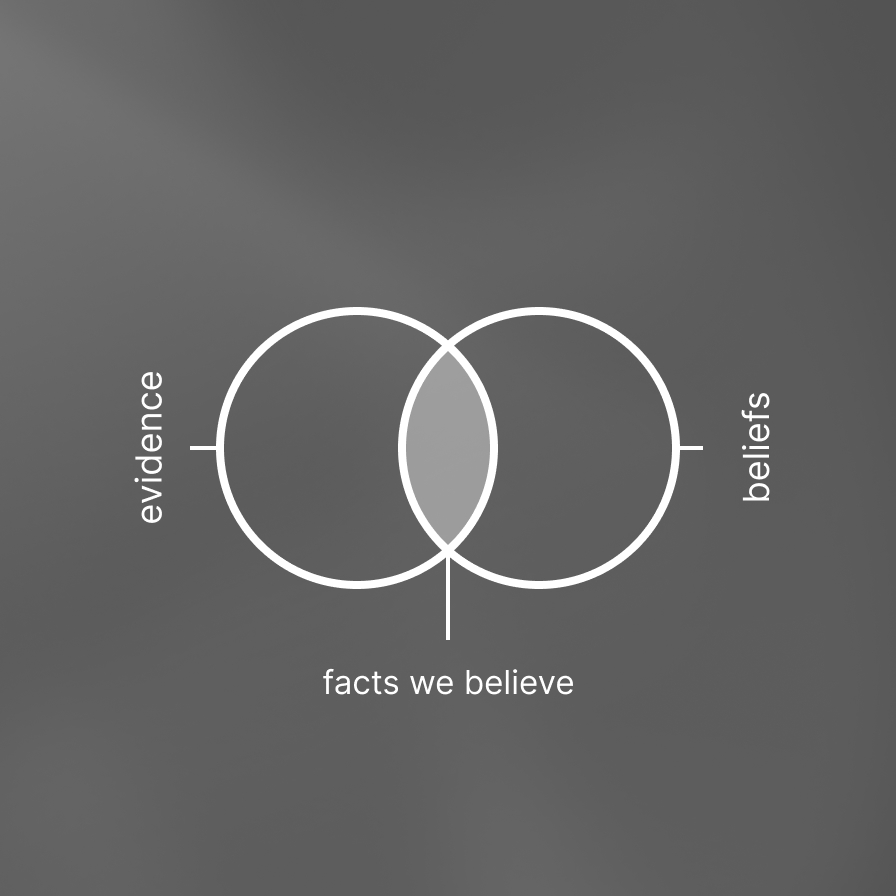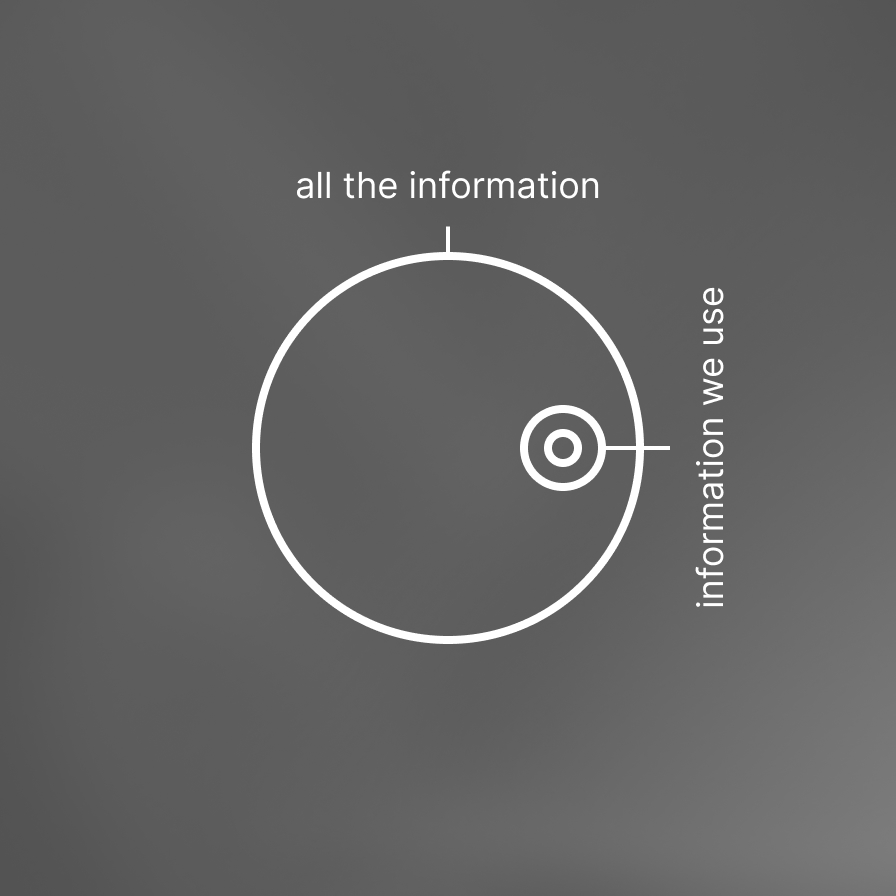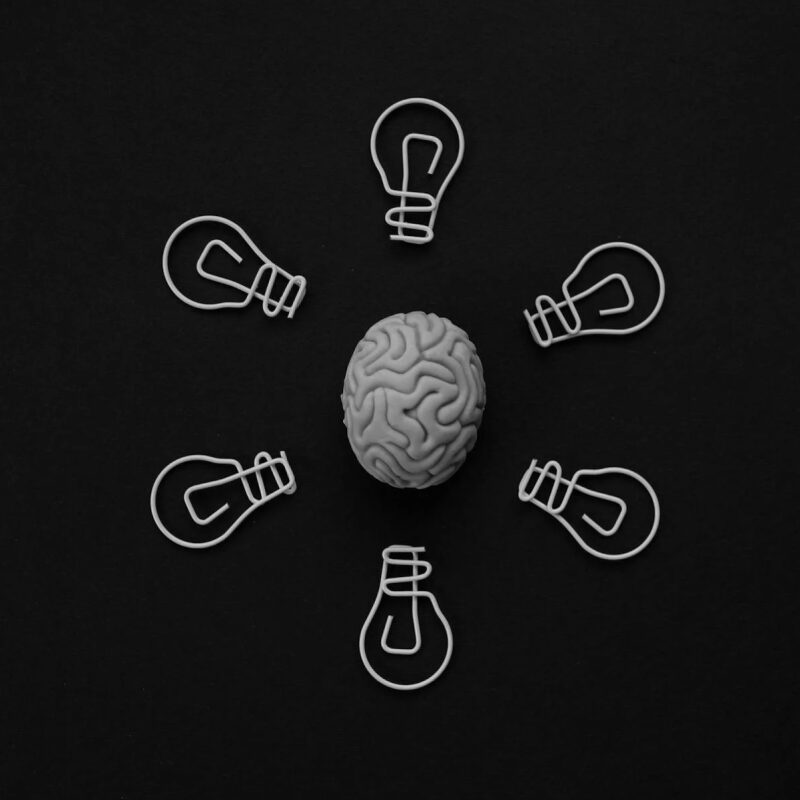As UX researchers and designers, it’s essential to recognize the cognitive biases that can influence our decision-making and the research we conduct.
What are Cognitive Biases?
Cognitive biases are systematic patterns of thinking that deviate from rationality, leading us to draw conclusions about people and situations in illogical ways. These biases are a natural part of how our brains cope with the overwhelming amount of information we process daily.
These biases can significantly impact the success and usability of the products we design. Let us explore their relevance to UX research and design and why understanding and addressing them is crucial to creating more user-centered and effective products.
In UX Research
Cognitive biases in research can arise from both participants and researchers. Here are some of the most common ones you should be aware of.

Confirmation bias
This occurs when we favor information confirming our preexisting beliefs while ignoring or dismissing information contradicting them. In UX research, this bias can lead to incomplete or skewed findings, as researchers may unconsciously seek data that supports their assumptions.

Anchoring bias
Tendency to rely too heavily on the first piece of information encountered when making decisions. In UX research and usability testing, this bias can influence participants’ responses, as their perceptions may be shaped by the initial information presented to them.

The Halo effect
When our overall impression of a person, product, or brand influences our thoughts about their specific traits. In UX design, this bias can cause users to favor a product or design simply because it appears attractive or well-designed.

Availability heuristic
This leads us to overestimate the likelihood of events based on how easily they come to mind. In UX research and design, this bias can cause designers to focus too much on readily available information while overlooking other important factors.
In Design
As a designer, cognitive biases can easily distort your judgment of your own work if you’re not mindful.

The sunk cost fallacy
The tendency to continue investing in a decision based on the resources already spent, even when it’s no longer working. In UX design, this can result in sticking with a flawed design because of the time, money, or effort already invested.

The framing effect
How the presentation of information influences our perceptions and decisions. In design, the way elements are framed can impact how users interact with a product.

The bandwagon effect
The inclination to do something primarily because others are doing it. In UX design, this bias can lead to design choices driven by trends rather than what’s truly effective for the user.

The false consensus effect
When we overestimate how much others share our beliefs and behaviors. In UX design, this bias can result in designs that don’t align with user needs because designers assume users think and act like they do.
Why Should You Care?
Addressing cognitive biases in UX is critical to creating effective, user-centered products. Ignoring these biases can lead to inaccurate research, poor design decisions, and ultimately, products that fail to meet user needs.
Being aware of cognitive biases is the first step to overcoming them. By understanding how these biases can influence our work, we can take active steps to counteract them.
Addressing Cognitive Biases in UX Process
Diverse Perspective — One effective strategy is to incorporate diverse perspectives and user feedback throughout the research and design process. Involving a wide range of users helps ensure that decisions are informed by a variety of experiences and viewpoints, reducing the impact of confirmation bias and the false consensus effect.
Data Driven Design — Another key approach is to use objective data to inform design decisions. Relying on data and quantitative measures ensures that decisions are based on evidence rather than subjective opinions or assumptions. This can help counteract the availability heuristic and the sunk cost fallacy.
Test, Reassess, and Iterate — Finally, constantly reassessing and iterating on design choices is essential. Regularly evaluating and updating designs ensures that decisions are based on current, accurate information and aligned with user needs. This helps mitigate the effects of the framing effect, the bandwagon effect, and the halo effect.
By being aware of and actively countering cognitive biases, UX researchers and designers can create products that are truly effective and user-centered, ultimately meeting the needs of their intended users.
Photo Credit : Pexels


